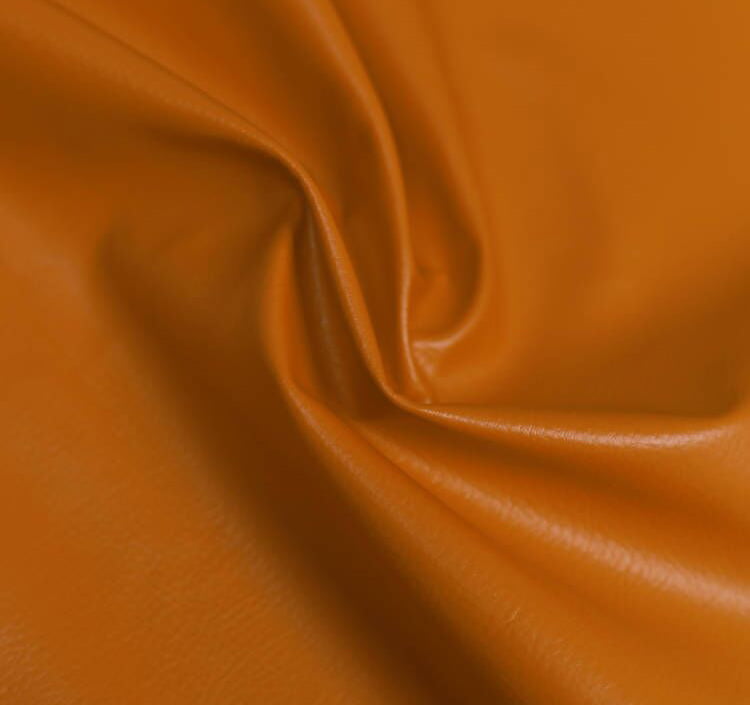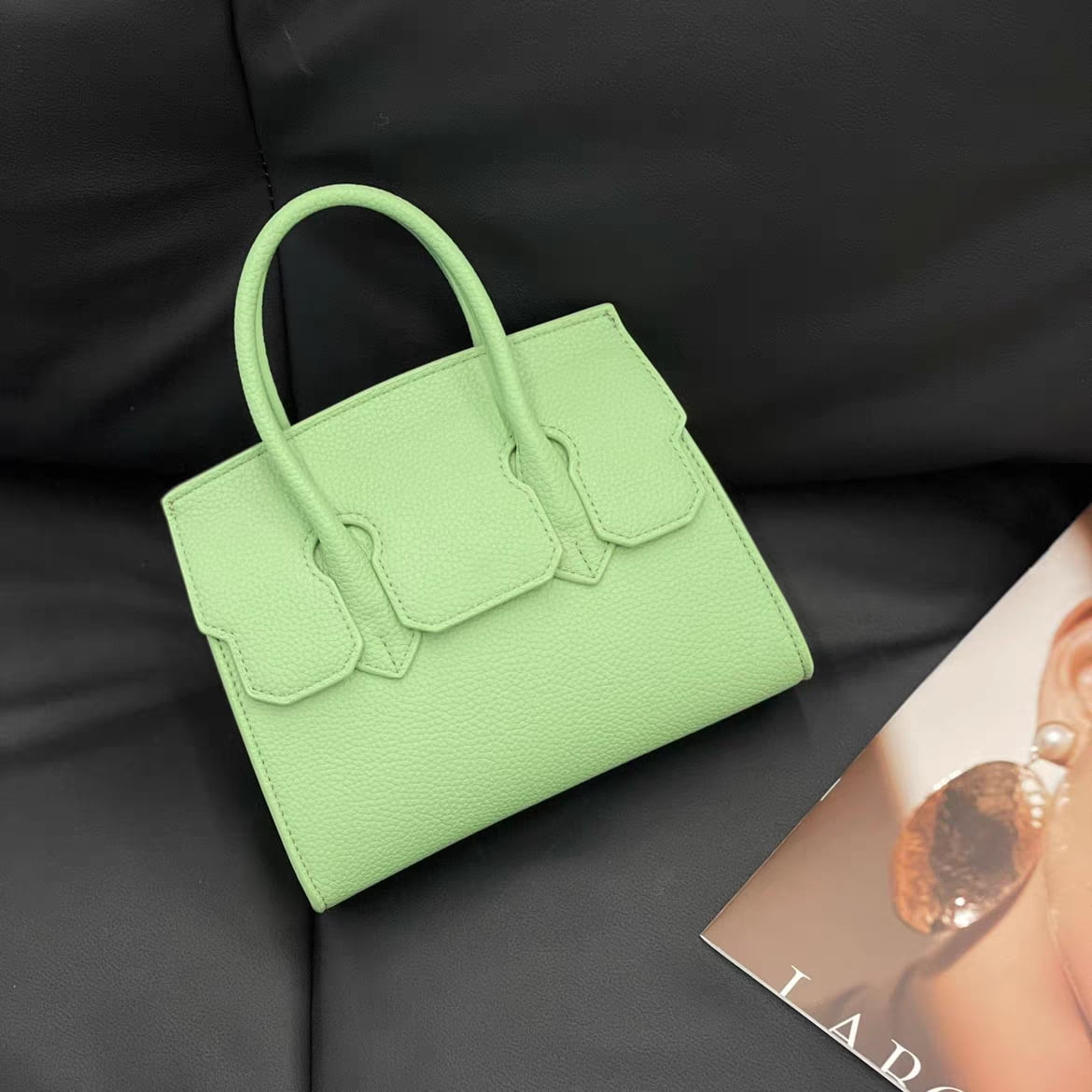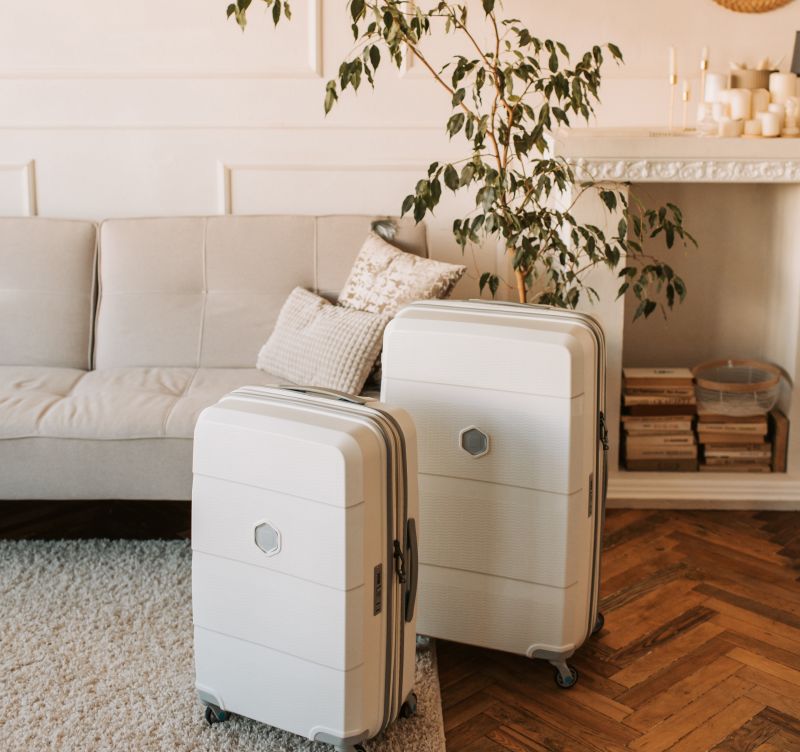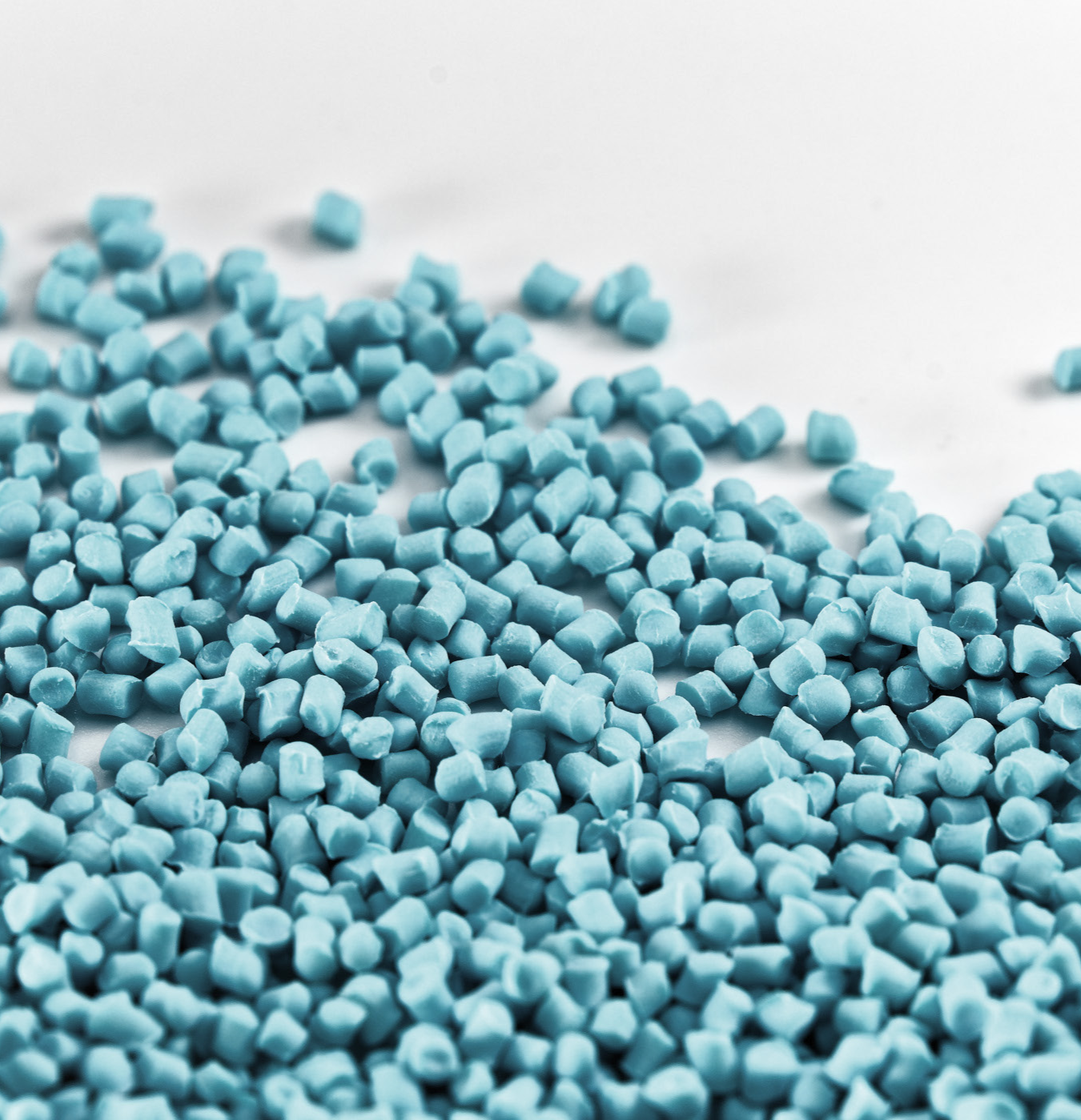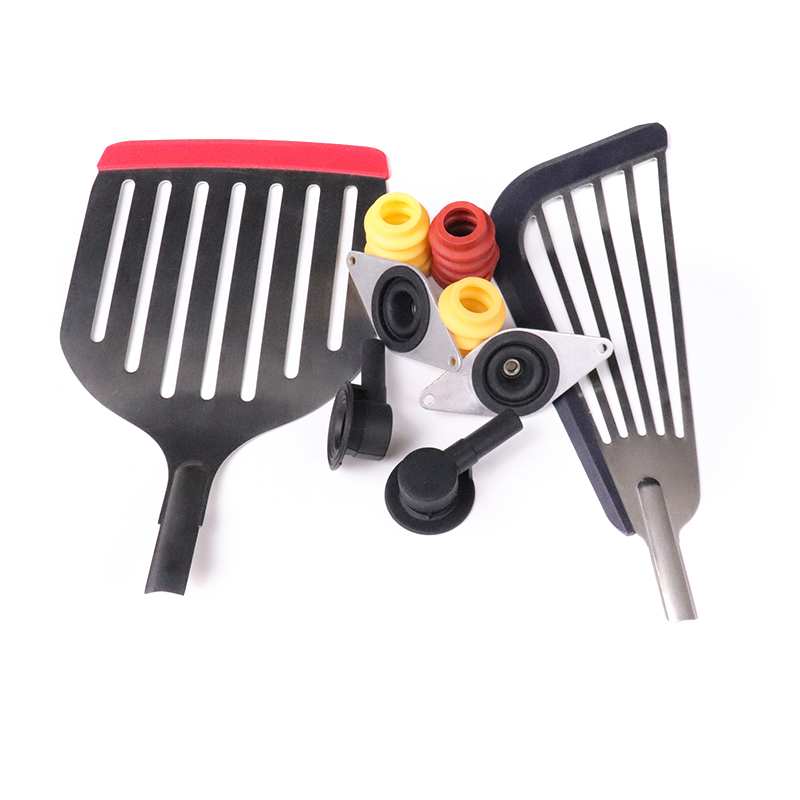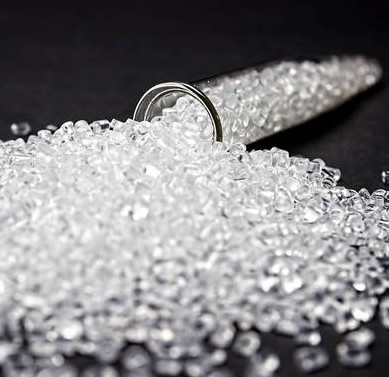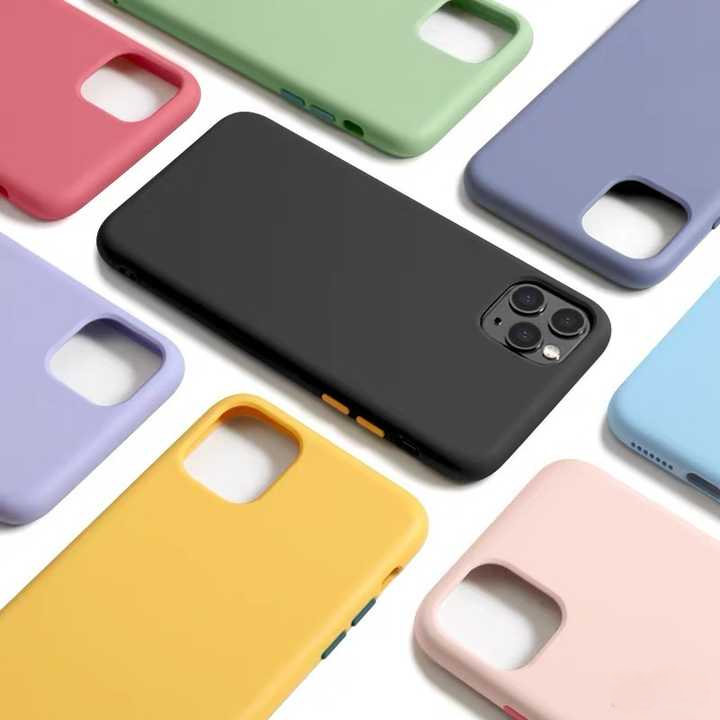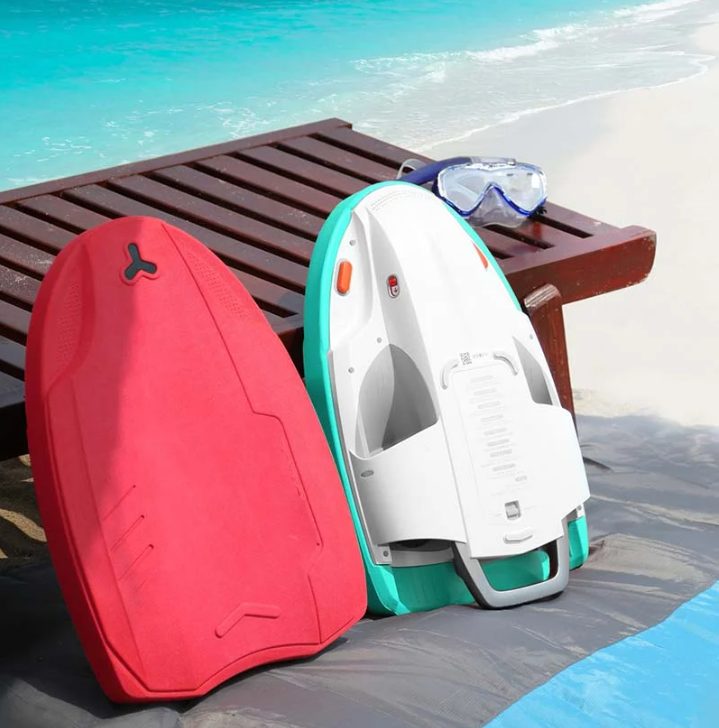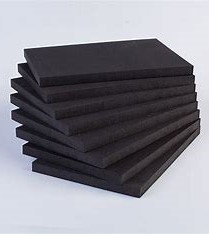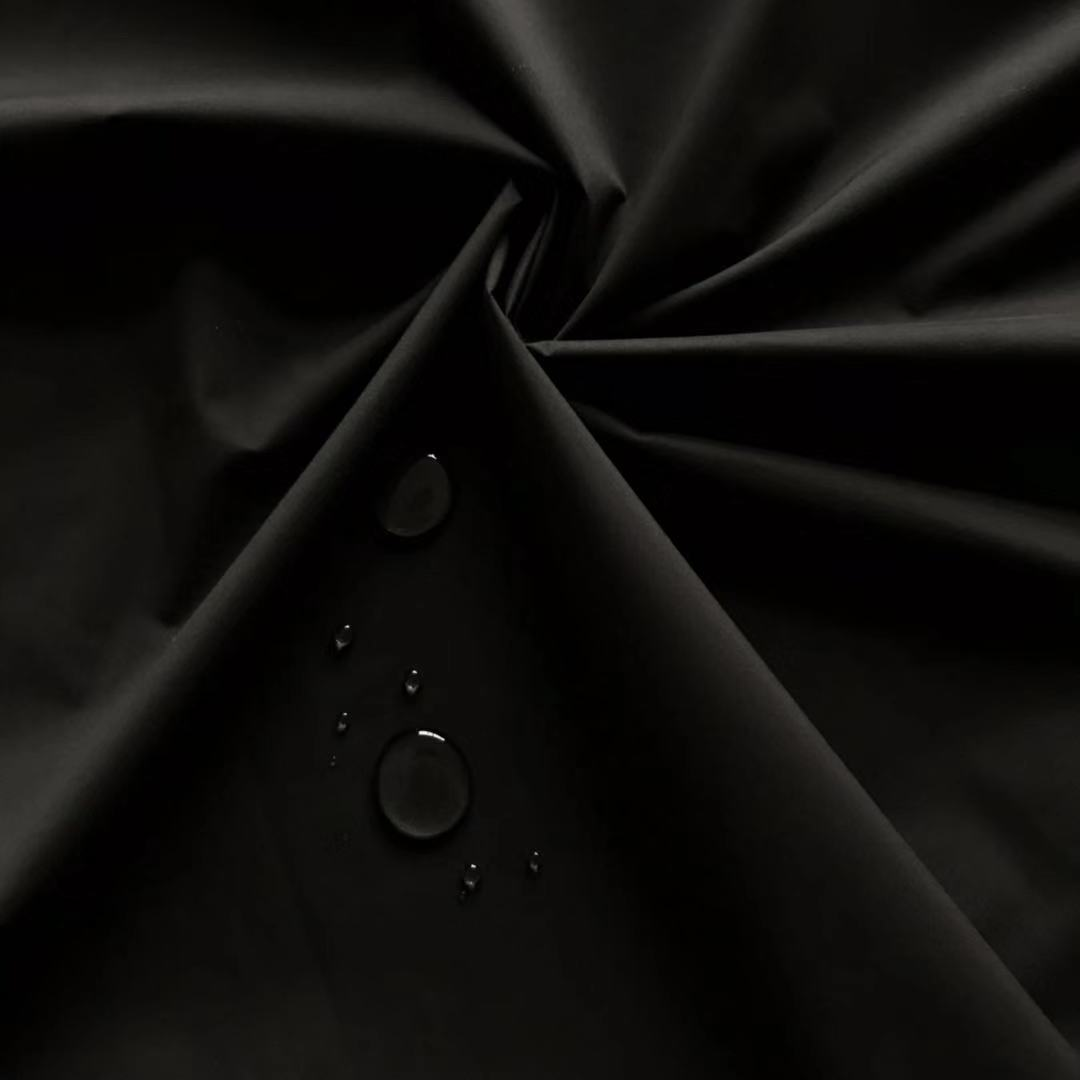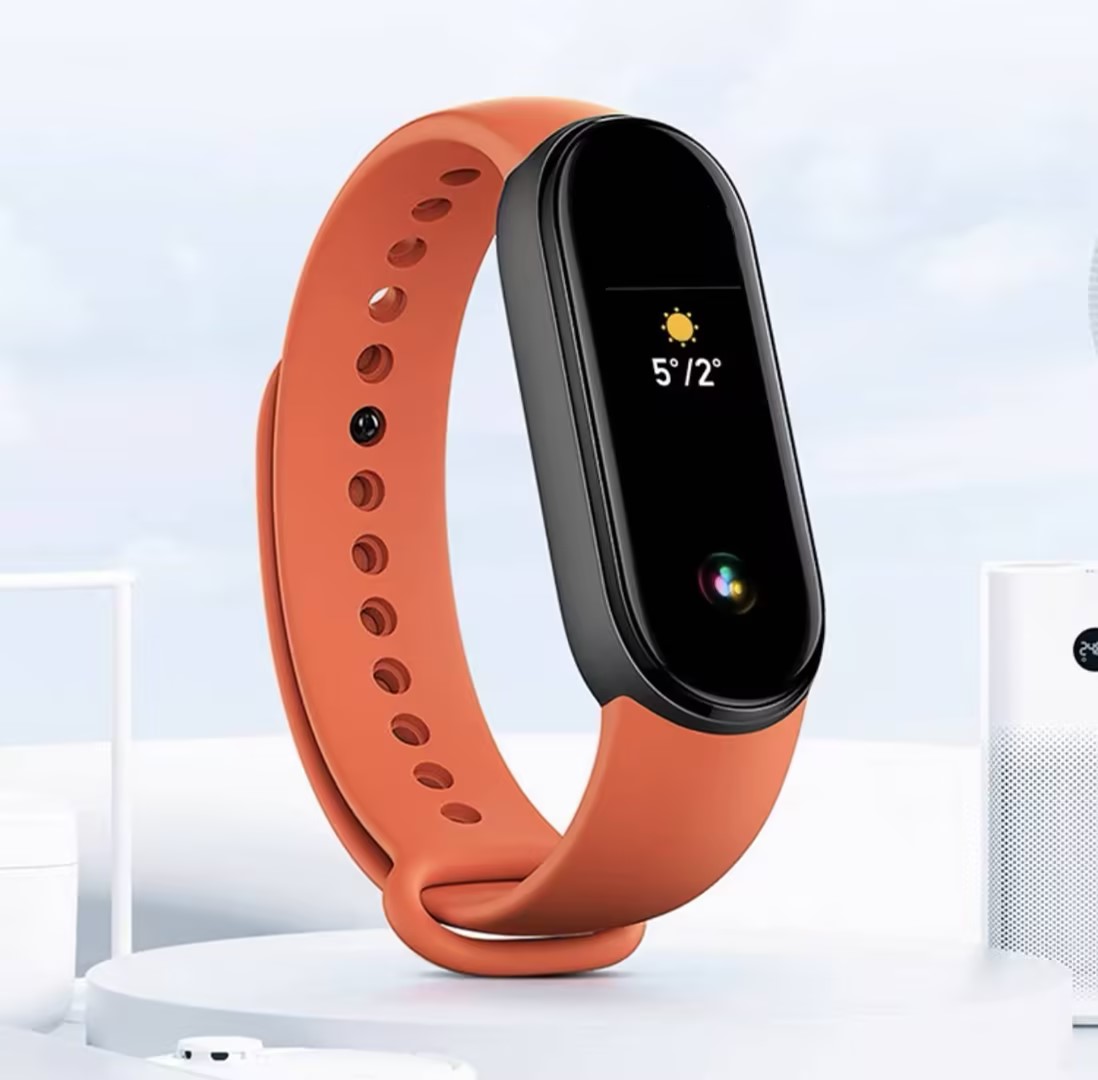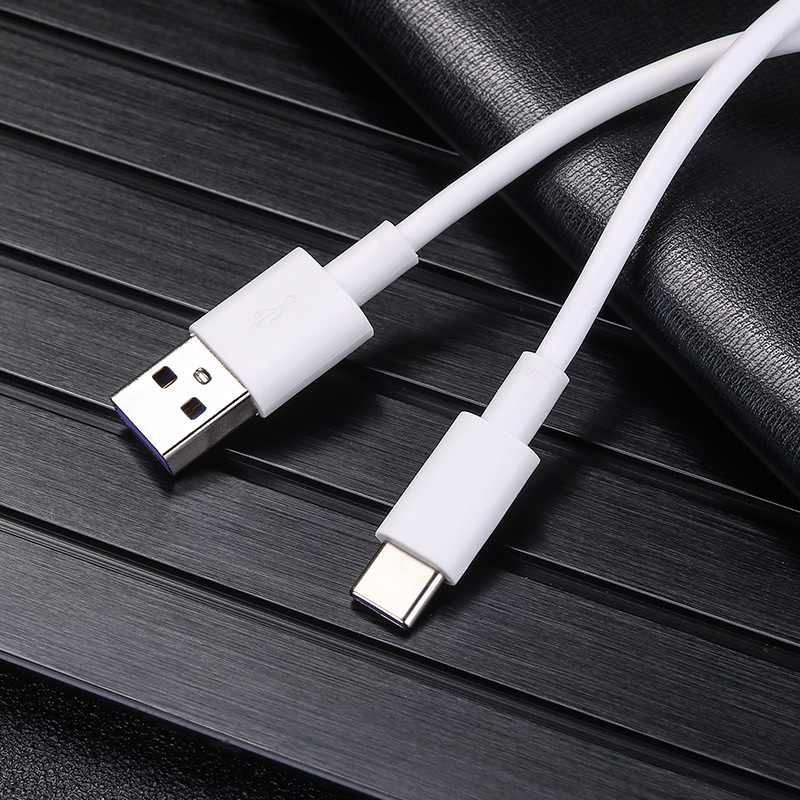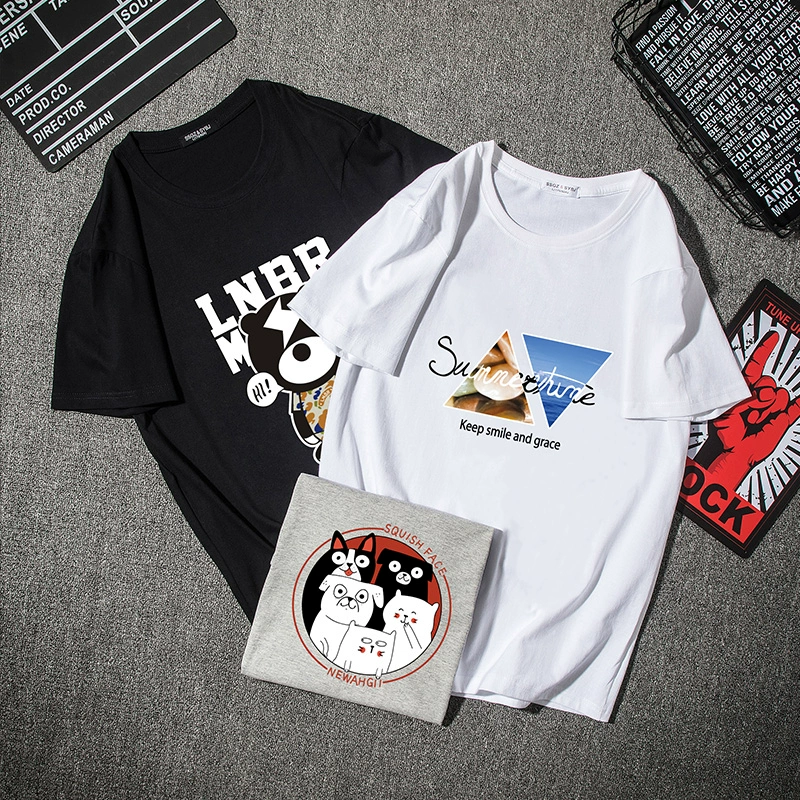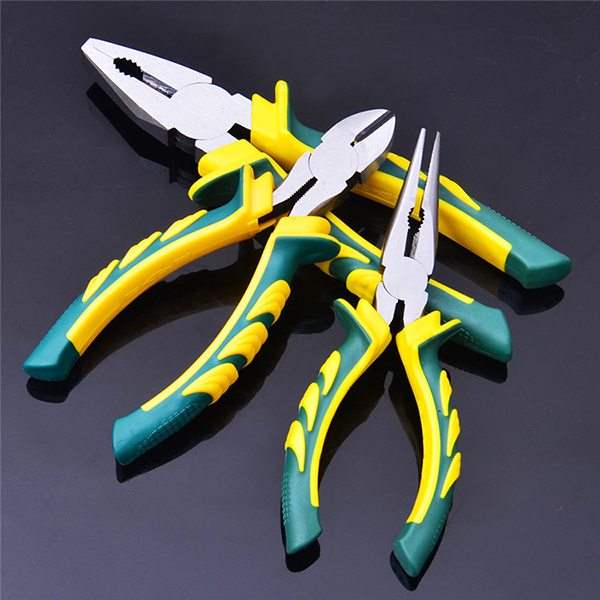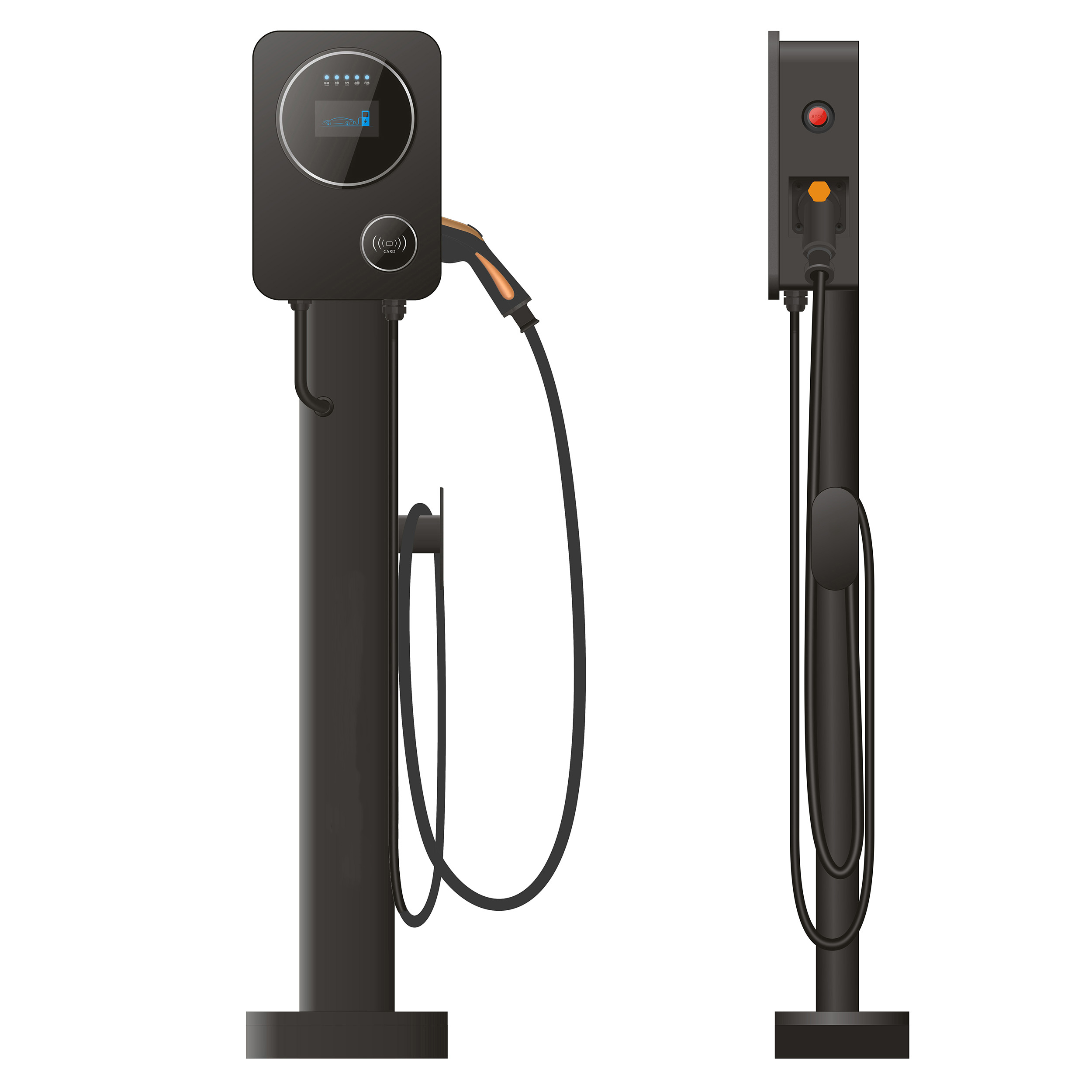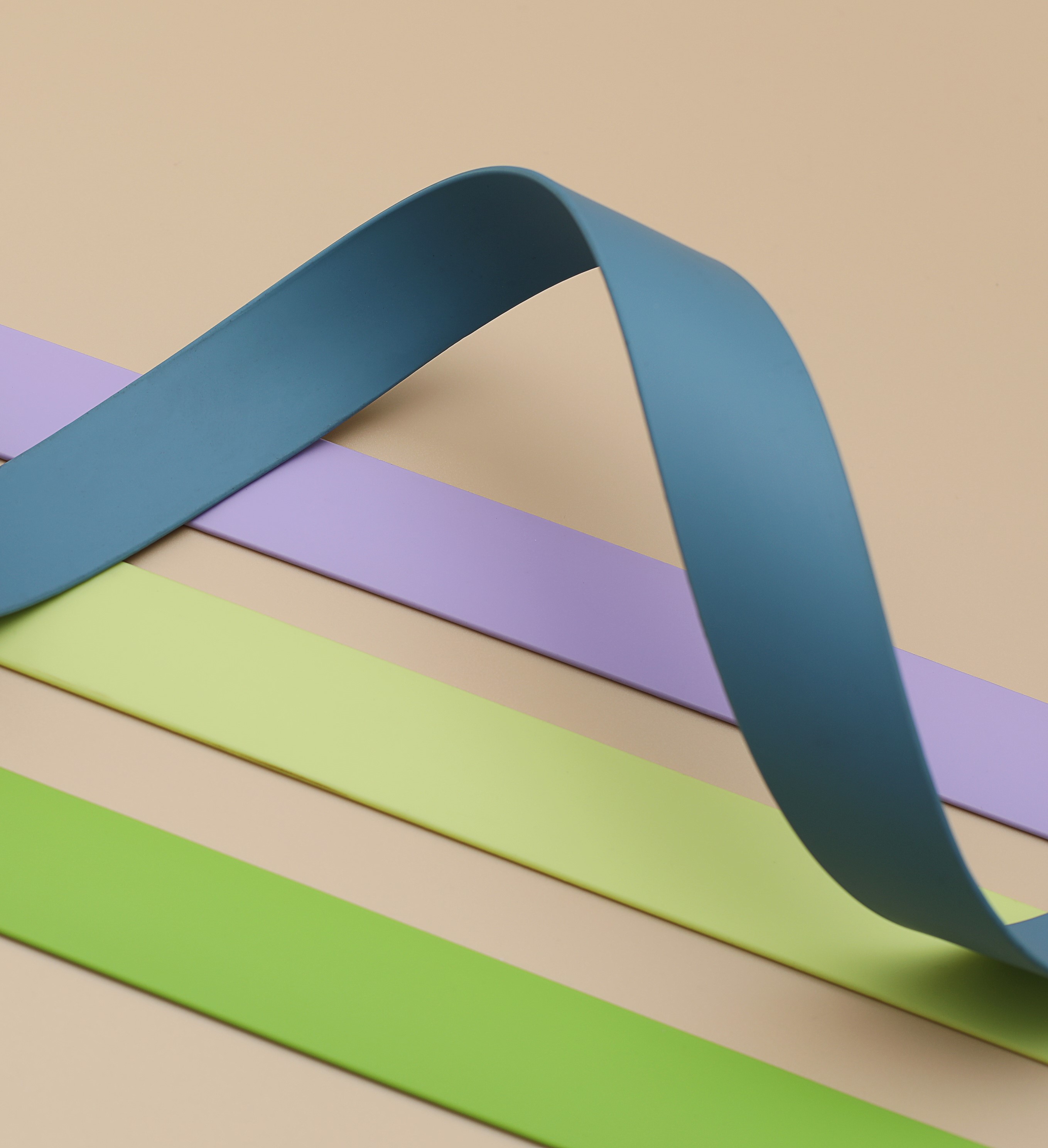Fashion bags are more than just accessories—they’re statements of style, functionality, and values. As influenced by environmental concerns, and technological advancements. the materials used in bag production are evolving. Let’s explore the trends, pain points, and innovative soft, skin-friendly, and comfortable leather solutions that are shaping the future of the fashion bag industry.
The Evolution of Fashion Bag Materials
1. The Early Days: Leather and Natural Fibers
In the early stages of fashion bag design, the primary materials were natural and organic. Leather, with its durability and luxurious feel, was the go-to material for high-end bags. Crafted from animal hides, it provided both functionality and aesthetic appeal. Alongside leather, bags were often made from materials like linen, cotton, and silk, which were sourced from the environment.
These bags were not just accessories, but essentials. Leather, in particular, was cherished for its long-lasting properties and ability to age beautifully, developing a unique patina over time. Though costly, leather bags were considered timeless pieces.
2. The Mid-20th Century: Synthetic Fabrics and Nylon
The mid-20th century brought about a shift in material usage as synthetic fabrics began to emerge. As the fashion industry grew, the demand for affordable, lightweight, and versatile materials surged. Nylon, a revolutionary invention of the 1930s, became a popular choice for bags due to its strength, water resistance, and low cost. Nylon bags were lightweight and practical, making them ideal for everyday use.
In addition to nylon, manufacturers began experimenting with polyester and other synthetic fibers, which were easier to mass-produce and maintain. These materials allowed designers to create bags in a wide variety of shapes, sizes, and colors, making fashion bags more accessible to the average consumer.
3. The 1980s and 1990s: Designer Innovation and PVC
During the 1980s and 1990s, the luxury fashion industry saw an explosion of designer logos and branded items. Fashion bags became a status symbol, with brands like Louis Vuitton, Gucci, and Prada introducing their own iconic designs. At this time, plastic-based materials like PVC (polyvinyl chloride) were widely used to create shiny, durable, and affordable bags. PVC was often used to produce bags that mimicked the appearance of leather but at a much lower cost.
The 1990s also saw the rise of canvas bags, often adorned with the brand’s logo, offering a mix of casual and high-fashion aesthetics. These materials became staples in the wardrobes of fashion-conscious individuals, further blurring the line between everyday utility and luxury.
4. 2000s to Present: Sustainability and Innovation
As the world became more aware of environmental issues, the fashion industry began to pivot toward more sustainable practices. The 2000s ushered in a shift towards eco-friendly alternatives. Designers and manufacturers started to explore alternative materials that could offer similar qualities to leather and plastic without the negative environmental impact.
Vegetable-tanned leathers, which use natural tannins instead of toxic chemicals, emerged as a more sustainable option for luxury bags. Additionally, plant-based alternatives such as Piñatex (made from pineapple leaves) and Apple Leather (crafted from apple waste) began to gain traction in the fashion world. These materials, often marketed as "vegan leather," are not only eco-friendly but also provide a fresh take on traditional designs.
Recycled materials, including plastic bottles and repurposed fabrics, also began to make their way into the fashion bag market. Several luxury and eco-conscious brands began creating bags from upcycled materials, further pushing the idea of sustainability in fashion.
5. The Future of Fashion Bags: Tech Integration and Smart Materials
Looking ahead, fashion bags will continue to evolve with the integration of technology. Smart bags, which include features like wireless charging, LED lighting, and tracking capabilities, are already gaining popularity. These bags are designed for the modern, tech-savvy consumer who needs both style and functionality.
Additionally, innovations in fabric technology, such as self-healing materials and anti-microbial fabrics, are expected to influence the way bags are designed. The next wave of fashion bags may incorporate materials that are not only durable but also capable of adapting to different environments or user needs.
Innovative Material:The Future of Fashion Bags: Si-TPV Silicone Vegan Leather
Si-TPV silicone vegan leather, developed by SILIKE, is a cutting-edge, eco-friendly alternative to traditional leather and synthetic materials. Combining the best of silicone elastomers with the sustainability of vegan leather, Si-TPV stands out with its skin-friendly feel, exceptional durability, and superior scratch resistance, offering a high-quality, long-lasting option for fashion bags.
Unlike traditional synthetic leathers that often peel and degrade over time, Si-TPV silicone vegan leather maintains its smooth, luxurious appearance even under heavy use. Its innovative design not only provides the look and feel of premium leather but also addresses growing concerns over animal welfare and environmental impact.
With Si-TPV silicone vegan leather, fashion bags can be both stylish and sustainable—giving eco-conscious consumers the perfect blend of luxury, performance, and responsibility. This revolutionary material is setting the standard for the future of fashion accessories, combining innovation, durability, and sustainability in one sleek, modern package.
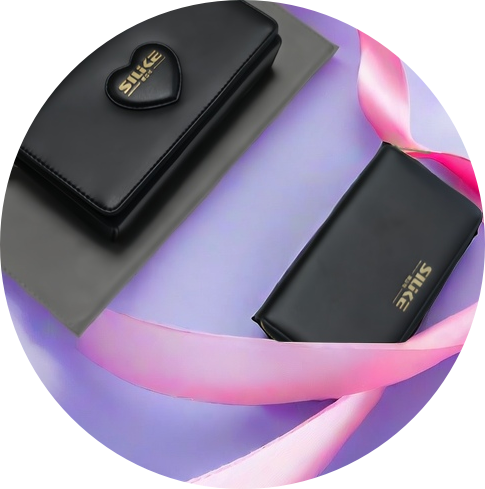
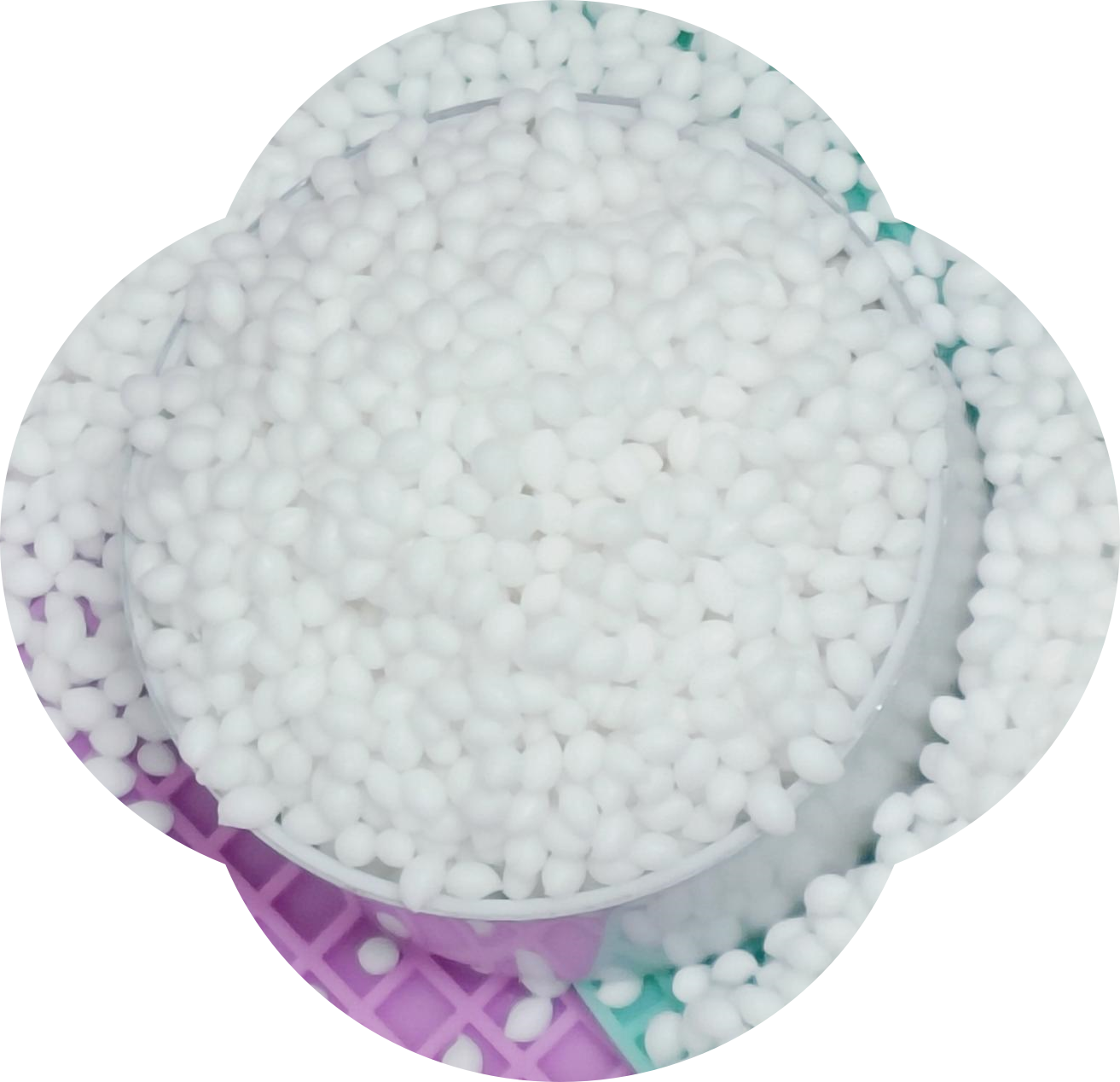

Why Si-TPV silicone vegan leather is the Solution for Sustainable, High-Performance Fashion Bags?
1. Eco-Friendly & Cruelty-Free: Made from sustainable, non-toxic materials, Si-TPV silicone vegan leather aligns with the values of eco-conscious consumers.
2. Luxurious Feel: Its silky-smooth texture offers a premium, skin-friendly experience that rivals traditional leather.
3. Unmatched Durability: Resistant to wear, hydrolysis, and stains, Si-TPV Solvent Free Leather enhances your designs stays flawless for years.
4. Vibrant & Fade-Resistant:Si-TPV Sustainable Silicone Leather offer Exceptional color fastness keeps your bags looking vibrant, even in harsh conditions.
5. Easy Maintenance: Odorless and easy to clean, Si-TPV No Peeling Off Faux Leather is perfect for everyday use.
Si-TPV silicone vegan leather isn’t just a vegan leather material—it’s a statement. By choosing this silicone Vegan Leather, brands can:
1. Appeal to eco-conscious consumers without compromising on luxury or performance.
2. Differentiate themselves in a crowded market with innovative, sustainable designs.
3. Future-proof their products by aligning with the growing demand for ethical fashion.
If you are looking for durable synthetic leather, eco-leather, or sustainable vegan leather for bags, as well as a soft-touch, premium alternative for handbags, you've come to the right place. Fashion bag manufacturers can explore SILIKE’s Si-TPV Silicone Vegan Leather, which is leading the way in providing effective solutions for contemporary, sustainable fashion.
We invite you to learn more or request samples by emailing SILIKE, your vegan leather supplier, at amy.wang@silike.cn.









